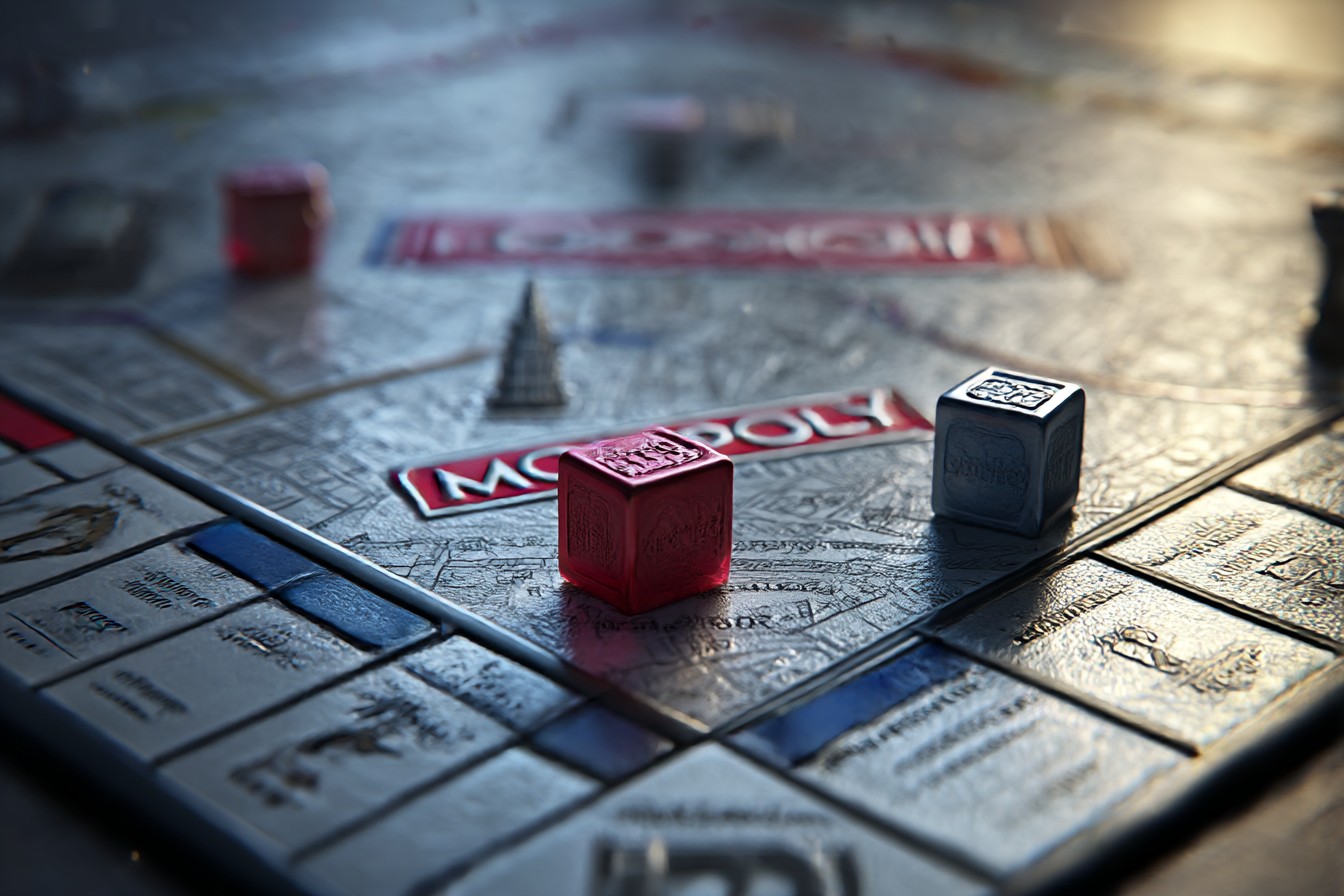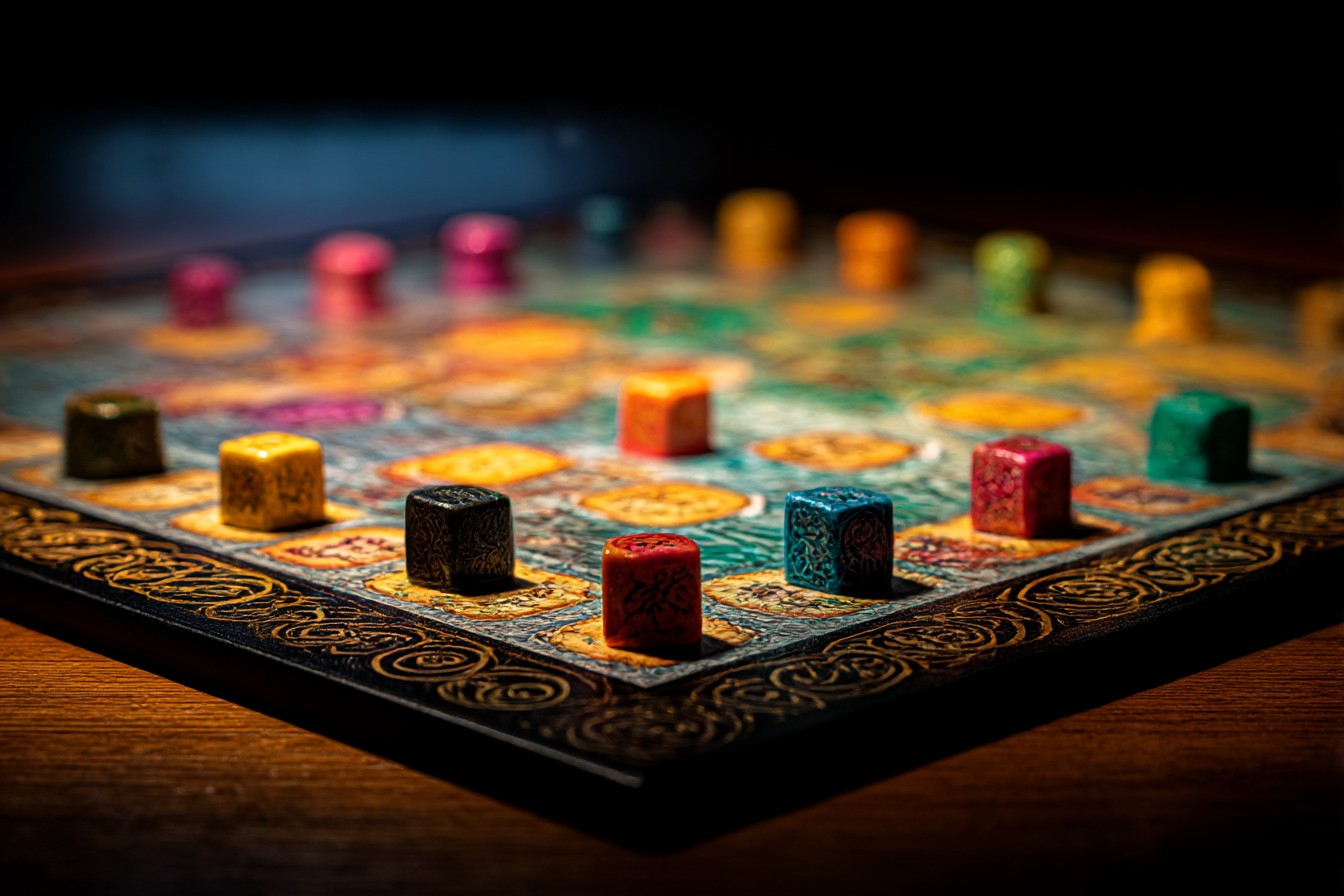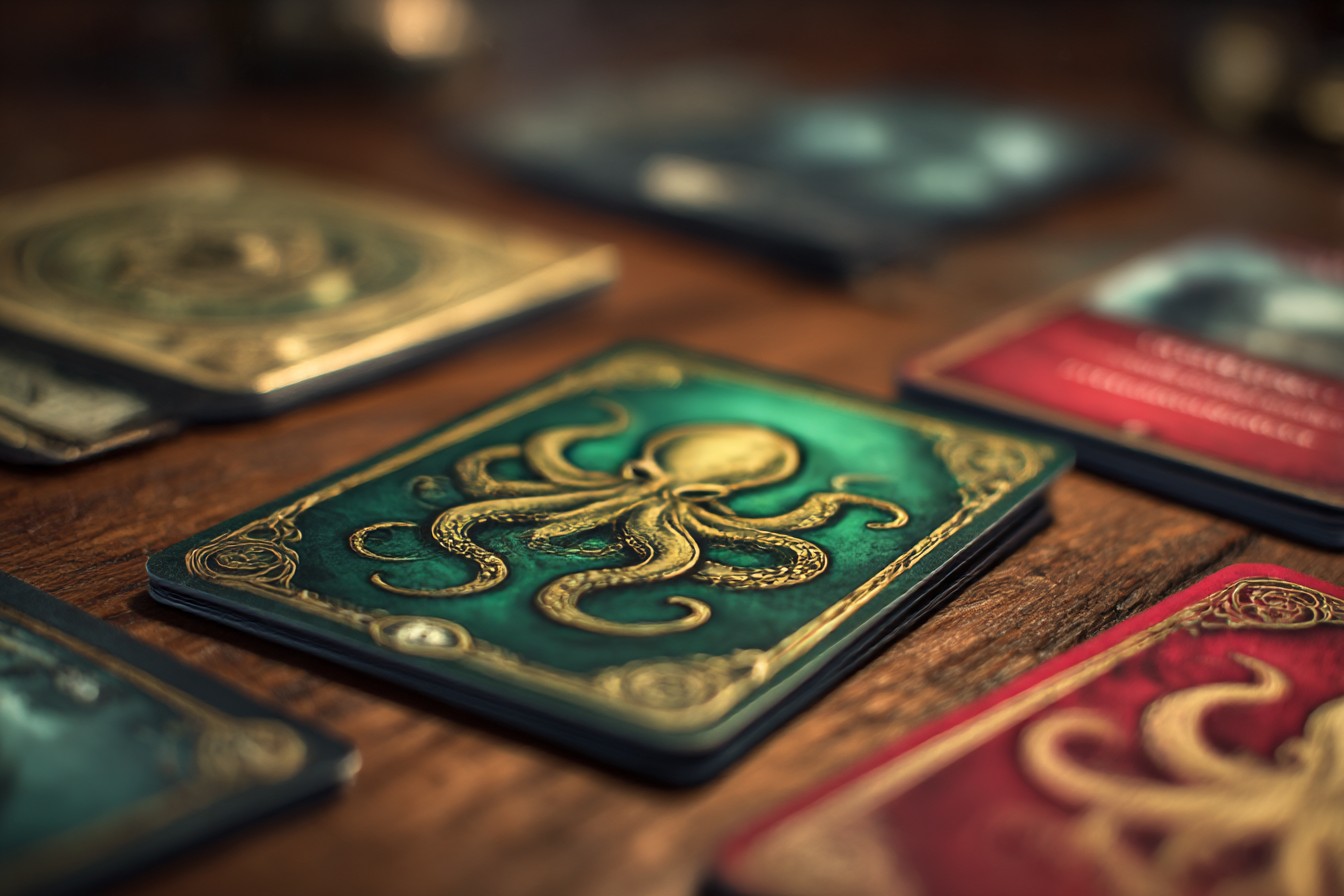Look, I’m going to be honest here – when my coworker Dave showed up to game night with Monopoly London Edition, I internally rolled my eyes so hard I’m surprised they didn’t fall out. I mean, come on. Another Monopoly variant? We’ve got Wingspan, Brass Birmingham, and about fifteen other heavy euros sitting on my shelf, and this guy wants to play themed Monopoly. But you know what? Sometimes you get surprised by games in the weirdest ways.
After playing this thing maybe twenty-five times over the past year (don’t ask me how that happened), I’ve got to admit something that hurts my hobby gamer soul: this version actually does something interesting with the classic formula. And I’m not talking about slapping Big Ben on the board and calling it a day – there are genuine mechanical differences that change how the game plays.
The transport system is the big one. Those black taxi spaces scattered around the board aren’t just cute theming, they completely mess with your ability to plan ahead. In regular Monopoly, you can sort of predict movement patterns, right? Count spaces, figure out where people are likely to land, plan your property purchases accordingly. London edition throws that out the window. You hit a taxi space and suddenly you’re bouncing to some random location across the board.
I learned this lesson the hard way during my second game. Had this brilliant strategy mapped out – I was going to corner the orange properties, maybe grab the reds if I could swing it. Classic mid-board control. Then I hit three taxi spaces in four turns and ended up scattered all over London like a confused tourist. My carefully planned property empire crumbled because I couldn’t get where I needed to go.
But here’s the thing I figured out after a few more games: that randomness isn’t necessarily bad, it’s just different. Instead of fighting against the taxi spaces, I started thinking about them as opportunities. Can’t control where you’ll land? Fine, but you can control how you respond when you get there. I started keeping mental notes on which properties were still available and treating those unexpected taxi rides as free scouting missions.
The property values feel surprisingly well-balanced too. Yeah, Mayfair and Park Lane still cost a ridiculous amount – we’re talking £350 and £400 respectively – but the mid-tier properties hit way harder than they do in classic Monopoly. I’ve actually won more games by controlling the orange and red groups than by going for the traditional blue monopoly strategy. The rent progression on places like Bow Street and Marlborough Street creates this sweet spot where you’re actually hurting opponents without immediately crushing them.
My most successful approach has been focusing on cash flow early rather than going for the expensive stuff right away. Those £100-£150 properties that everyone tends to ignore? They’re workhorses. Get three or four of them developed with houses and you’re generating steady income while other players are mortgaging everything to afford Regent Street. I’ve watched so many people stretch their finances for one premium property, then get demolished by landing fees before they can develop it properly.
The Chance and Community Chest cards have some London-specific twists that caught me completely off guard initially. There’s this one card that sends you directly to King’s Cross Station – seems harmless enough, right? Except when someone’s loaded up that station with development and you’re suddenly facing a £200+ bill you weren’t expecting. I started paying loose attention to which cards had already appeared, not in some obsessive card-counting way, but just general awareness of what might still be lurking in those decks.
Something I’ve noticed about the auction dynamics in this version – and maybe this is just my particular gaming groups, but I doubt it – people get weirdly emotional about London properties. My friend Lisa always overbids for anything in the West End because she studied abroad there. Another guy in our group gets attached to the South London properties because that’s where he lived when he visited. I absolutely exploit this. Not in a mean way, but if someone’s bidding with nostalgia instead of math, I’m going to push them further than they should rationally go.
The housing shortage mechanism hits differently in London edition too. With only thirty-two houses in the box, I’ve seen games where the housing market gets cornered early and creates real pressure. Had this one game where I managed to buy up most of the available houses across my property groups and basically froze development for everyone else. Sounds ruthless, and honestly it kind of was, but it’s a legitimate strategy. Other players had monopolies but couldn’t build because I was hoarding the housing stock.
Jail becomes this weird strategic consideration. The transport spaces mean you’re more likely to get bounced around randomly, so sometimes sitting in jail for a few turns while still collecting rent feels like the smart play. I’ve started paying the fine less frequently and just rolling to get out naturally. Those guaranteed safe turns while still earning income can be valuable, especially when the board gets more dangerous in the mid-game.
Trading negotiations feel different with recognizable London locations. People have actual associations with Piccadilly Circus or Bond Street that don’t exist with generic Monopoly properties. I use this shamelessly. When someone shows interest in a particular area, I’ll mention visiting there or some story about the neighborhood. It’s not exactly manipulation, but it helps frame trades in terms they care about beyond pure return on investment.
The transport hubs – your King’s Cross, Paddington, Liverpool Street, Victoria – don’t generate the same income as railroads in classic Monopoly, but they’re still solid earners. I treat them more like portfolio diversification than primary strategy. If I can grab two or three during the middle phase of the game, they provide steady cash flow without requiring development investment.
One pattern I’ve noticed across multiple games: whoever completes the first monopoly usually wins, regardless of which color group it is. The psychological pressure of facing developed properties changes how everyone else plays. They start making increasingly desperate trades and risky moves. I’ve won games with the brown and light blue monopolies – the supposedly “bad” properties – because opponents panicked and made poor decisions trying to catch up.
The randomness factor means end-game timing is less predictable than classic Monopoly. Those transport spaces can create dramatic momentum swings even late in the game. I’ve seen players come from behind because they hit a series of favorable taxi rides, landing on safe spaces while their opponents kept hitting developed properties. Can’t assume someone’s finished until they’re actually out of money and properties to mortgage.
What really improved my win rate was stopping trying to force classic Monopoly strategies onto this version. London edition looks like regular Monopoly on the surface, but it plays with its own rhythm. The transport system, the different property balance, and the psychological factors around familiar locations create something that’s genuinely different. Once I accepted the increased randomness and focused on steady income over spectacular acquisitions, my results got way better.
I still can’t quite believe I’m recommending a Monopoly variant to fellow hobby gamers, but here we are. London edition takes the basic framework we all know and adds enough mechanical wrinkles to create something that feels fresh. It’s not going to replace Brass or Power Grid in my regular rotation, but for what it is – a more accessible game that still offers interesting decisions – it works better than it has any right to. Sometimes even we hobby gaming snobs need to admit when a mass market game gets something right.
Thomas lives in Seattle and treats board games like elegant puzzles. He dives into mechanisms, balance, and why certain designs just click. His writing is thoughtful, detailed, and perfect for players chasing that next strategic masterpiece.



